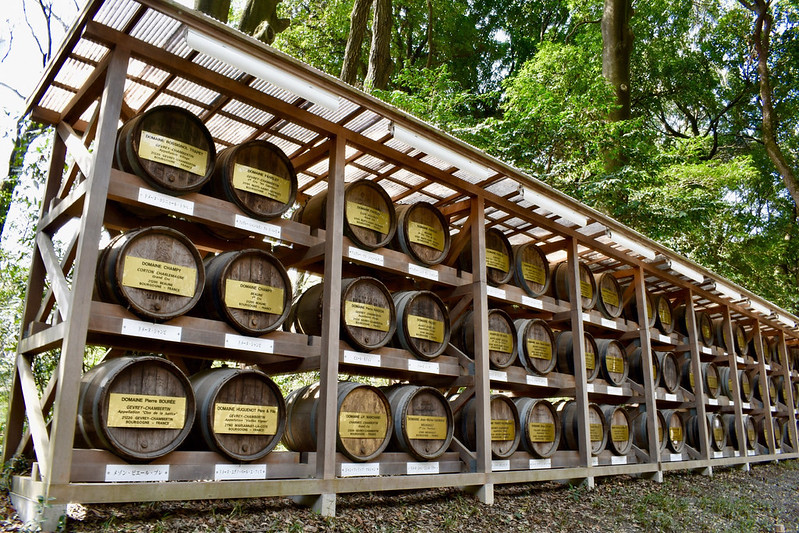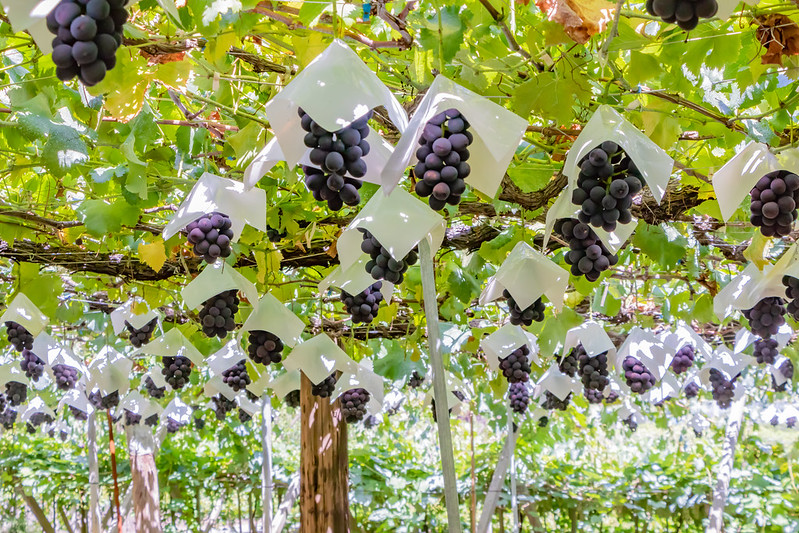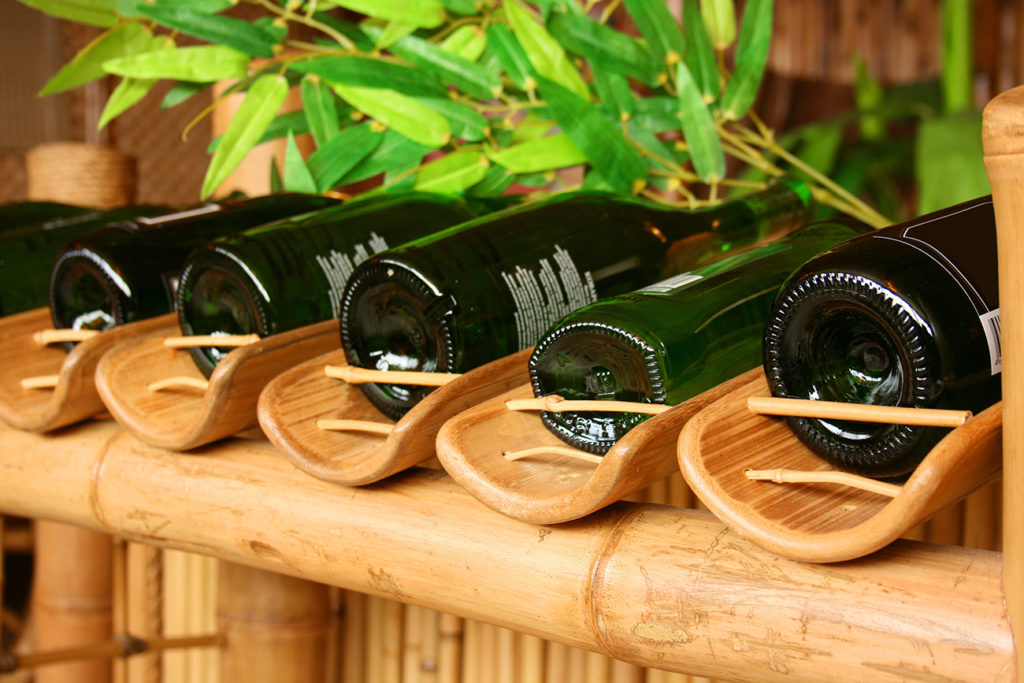
A Brief History of Japanese Wines
Viticulture is the science, production, and study of grapes. The native territories of the common grape vine are from Western Europe to the Persian shores of the Caspian Sea. But grape vines have proven to show adaptability to new environments, promoting the popularity and spread of viticulture in every continent except Antarctica.
Grape growing in Japan began as early as 718 AD in Katsunuma, Yamanashi Prefecture. The first ever documented wine consumption in the country was in the 16th century, when the Jesuit missionaries from Portugal arrived. Saint Francis Xavier brought wines as presents for the Japanese feudal lords of Kyūshū. Other missionaries continued the practice of using wine in their services, and soon locals acquired the distinct taste of wine made from grapes, importing it on a regular basis. Portuguese wine was called chintashu which combined the Portuguese word tinto (chinta in Japanese) meaning red and shu meaning liquor.
In 1873, returning members of the Iwakura Mission brought detailed reports on European wine culture back to Japan. This enabled the Japanese to make focused attempts to promote domestic wine production using sake brewing equipment by Hironori Yamada and Norihisa Takuma in Kofu, Yamanashi. They sent Masanari Takano and Ryuken Tsuchiya to Bordeaux to learn viticulture and wine production techniques. Cultivation of early European grapes formed the core of early attempts of growing grapes. However, this was hampered by the Phylloxera (a pest of commercial grapevines) that arrived with the imported root stock in 1884.
After World War II, wine making became more popular. But the acidity and astringency for domestically produced wines were not readily accepted by Japanese taste. For some time, sugars like honey were added to make sweeter (amakuchi) wine. In the 1970s and 80s, skills in Japanese wine making become more refined and demand for both domestically produced and imported wines increased with the boom of the Japanese economy. Domestic wineries began to focus on producing superior wines using only domestically cultivated grapes.
The 90s saw a reduction in taxes on imported wine as well as developing tastes for the Japanese food culture, and wine consumption continued to grow. Shinya Tasaki became the first Japanese to be awarded the title of Meillieur Sommelier du Monde in 1995. This significantly raised public awareness of wine appreciation as well as all the health benefits of polyphenol (tannins) found in wine. In 2002, Yamanashi Prefecture led competitions that focused on “Japanese wine using only 100% Japanese grapes.”


